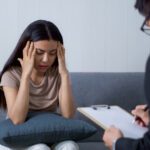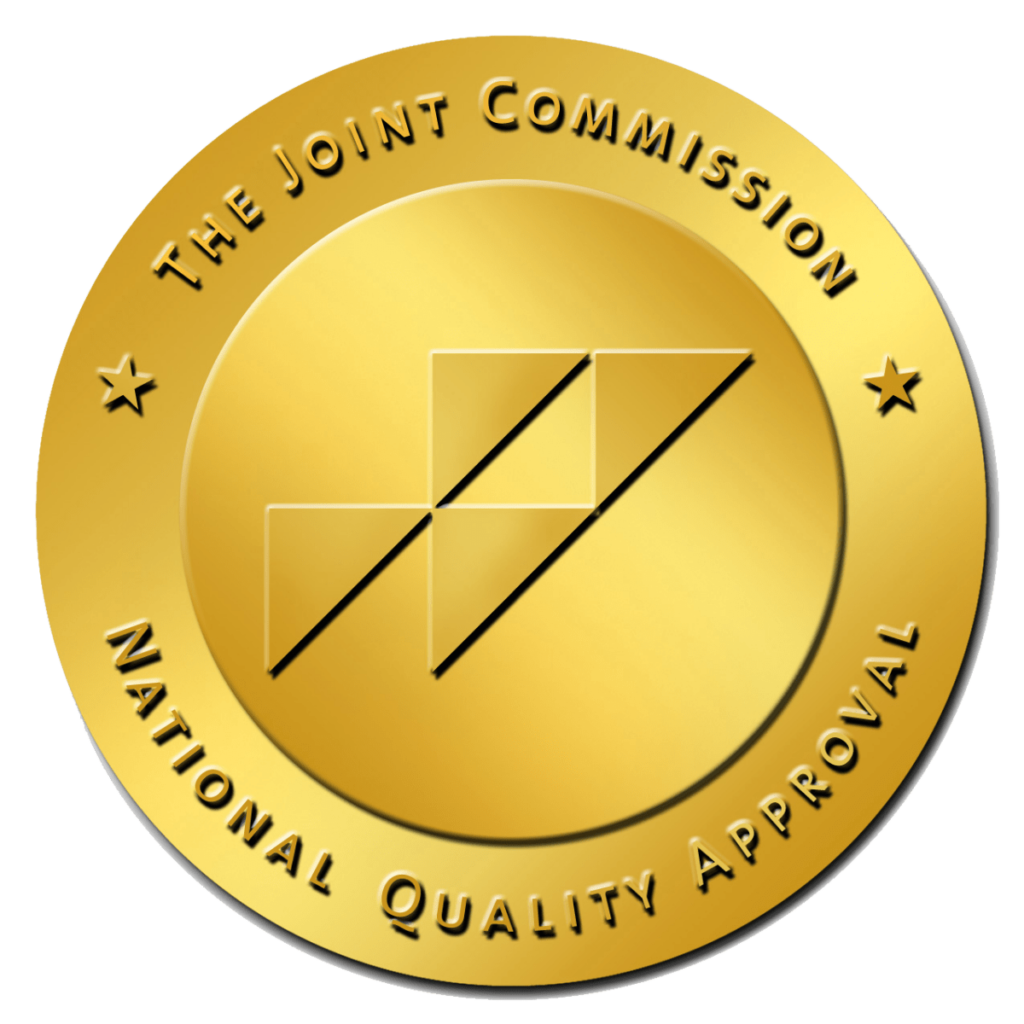If you find yourself feeling down in the dumps during a certain season of the year (usually fall and winter), without any other known cause for your sadness, you might be one of 11 million Americans who struggle with seasonal depression, also known as seasonal affective disorder (SAD).
How Does Seasonal Affective Disorder Present?
SAD can be fairly mild to very severe, and anywhere in between. It is similar to other types of depression, except that the symptoms are felt for around 40 percent of the year, at the same time of year, for multiple years in a row.
If you or someone you love is experiencing SAD, you might notice the following:
- Increased drowsiness and fatigue during the day
- Loss of interest and pleasure in otherwise enjoyable activities
- Withdrawal from social interactions and heightened sensitivity to perceived rejection
- Irritability, anxiety or inability to focus
- Feelings of hopelessness, guilt
- Sleep or weight changes
- Headaches
What Causes Seasonal Depression?
There is no clear answer to why five percent of the American population experiences this condition every year. It is thought that the shorter days, with less sunlight, are to blame for so many people experiencing depressed mood during the winter. Our brains experience chemical changes when we have less access to sunlight, and this can make us feel sad.
Who is at Risk for SAD?
Some people are more likely to experience the winter blues than others.
- Women are more likely to experience seasonal depression than men. Around 80 percent of people with SAD are women.
- The risk of experiencing seasonal affective disorder also increases with age, almost never occurring before the age of 20, but with a typical onset date of between 20 and 30 years old.
- People who live further from the equator are more likely to experience SAD.
- People with bipolar disorder are also more likely to experience this condition, with episodes of mania happening more in the spring and summer and depression in the fall and winter.
How is Seasonal Depression Diagnosed?
Like other mental health conditions, a medical exam should be performed to rule out other causes of the symptoms you might be experiencing. Once medical causes have been ruled out, your doctor can refer you to a mental health provider for further evaluation.
Treatments for Seasonal Affective Disorder
There are a few different ways that doctors treat SAD:
- Sunlight – though there is less sunlight available during the winter months, spending time outside or near a window can allow you access as much sun as possible.
- Light Therapy – sometimes called phototherapy, this is a special treatment that allows a person with SAD to increase how much light they are getting by sitting in front of a light box that emits a very bright light. The person usually sits in front of the light box for around 20 minutes per day, generally first thing in the morning. Relief from light therapy is typically apparent in the first week or two of treatment, but treatment should continue for the remainder of the season when the person is usually depressed.
- Therapy – cognitive behavioral therapy (CBT) or interpersonal therapy may be helpful in navigating this condition.
- Antidepressants – as with other types of depression, some medications may help.
- Be proactive – if you have been diagnosed with SAD in the past, it makes sense to plan ahead and start treating your conditions before your symptoms normally present.
Home Treatments for SAD
Beyond seeking professional treatments, there are some things people can do at home to manage SAD symptoms. These include:
- Eating a healthy, well-balanced diet – this means avoiding excessive sugar, fats, and carbohydrates, which people with SAD unfortunately tend to gravitate toward.
- Spending time with loved ones – isolation can make SAD worse, so spending time with friends, family, and pets is especially important.
- Staying active – exercise, volunteering, or joining a community group are great ways to help your brain make the chemicals that keep you feeling good and promote human connection.
When to Get Help
Though it is normal to have ups and downs in life, if you are feeling down for several days on end or you are struggling more than usual with getting things done, you should see your primary care doctor or a mental health professional. If your sleep habits or appetite have changed, you have started drinking alcohol more, or you begin to think about suicide, it is especially important to get immediate help.
Highland Hospital in West Virginia can provide support to people during seasonal or year-round mental health struggles.










